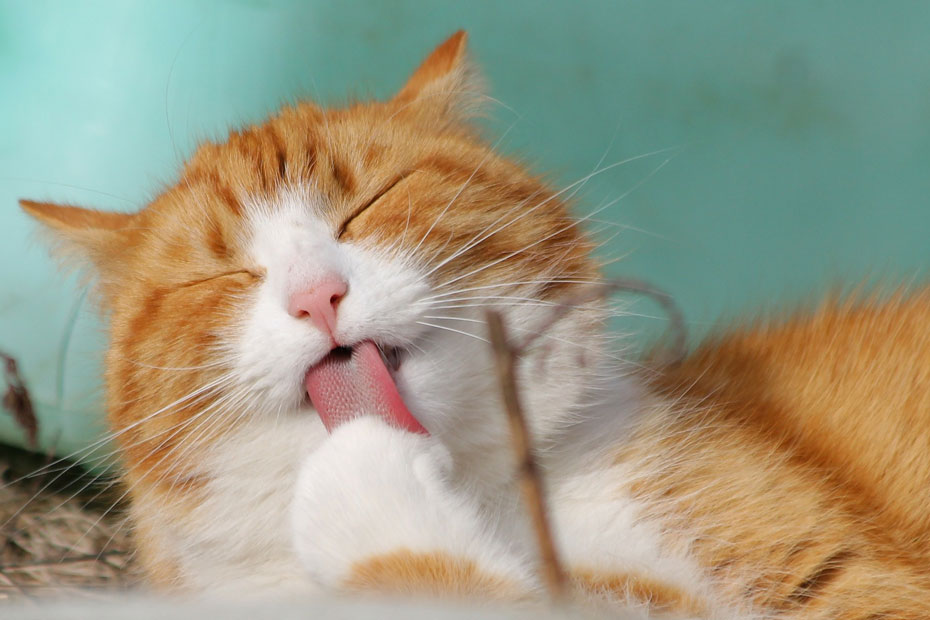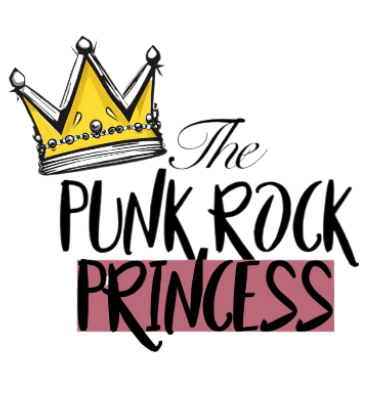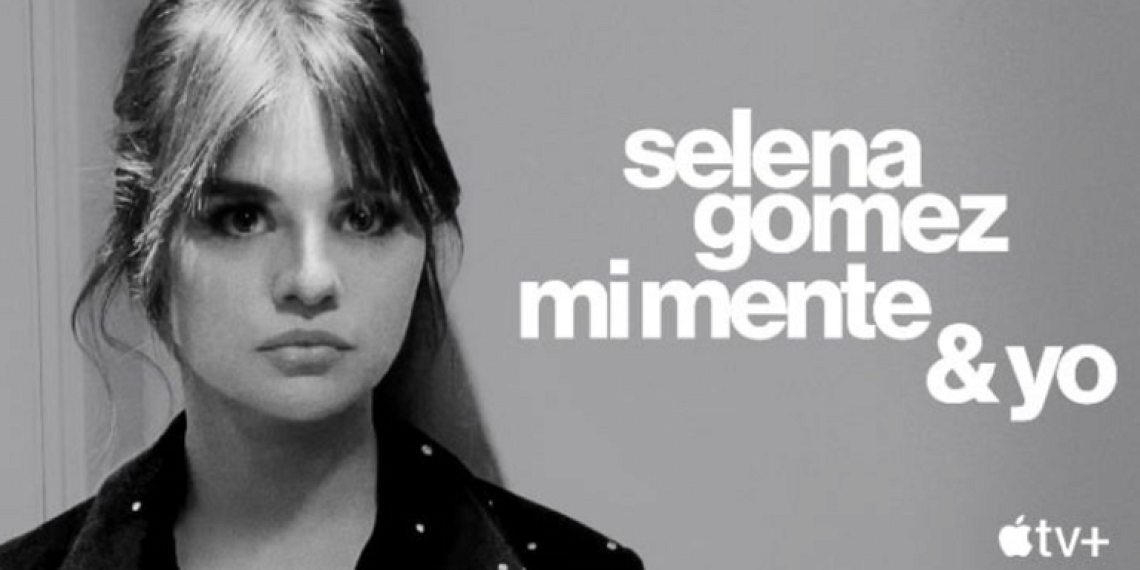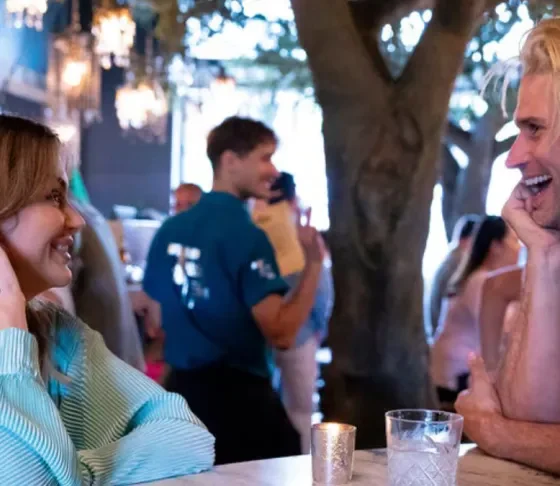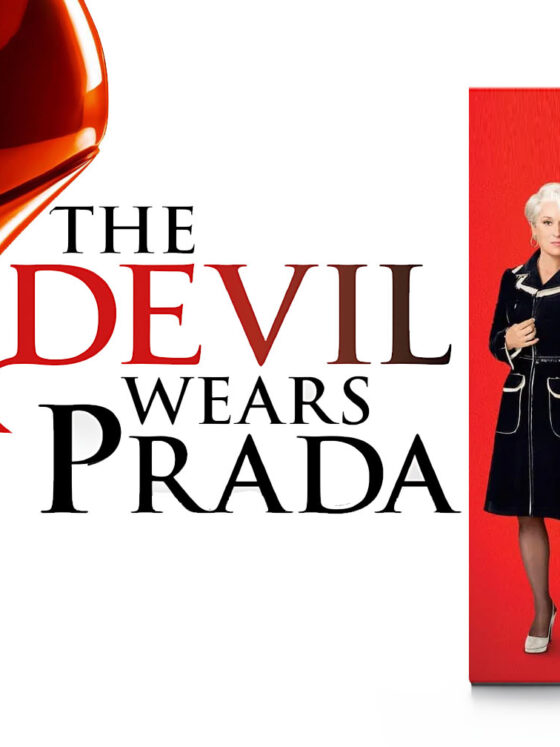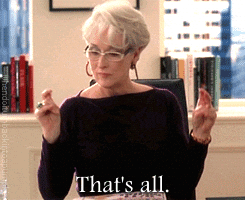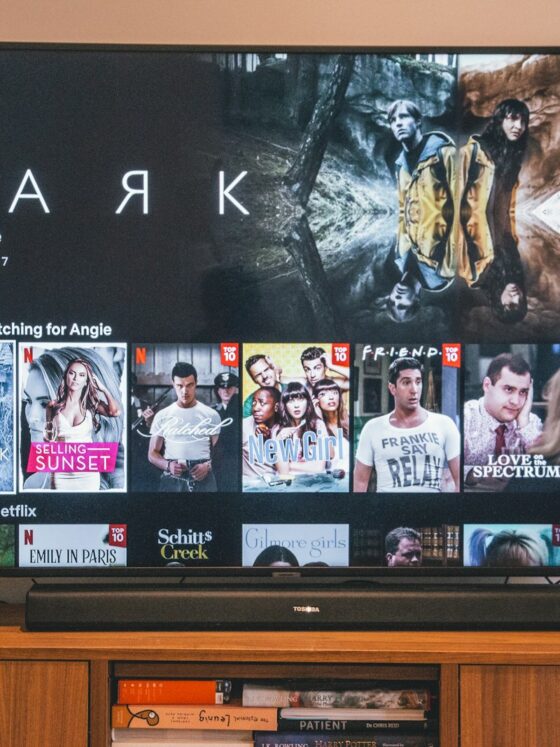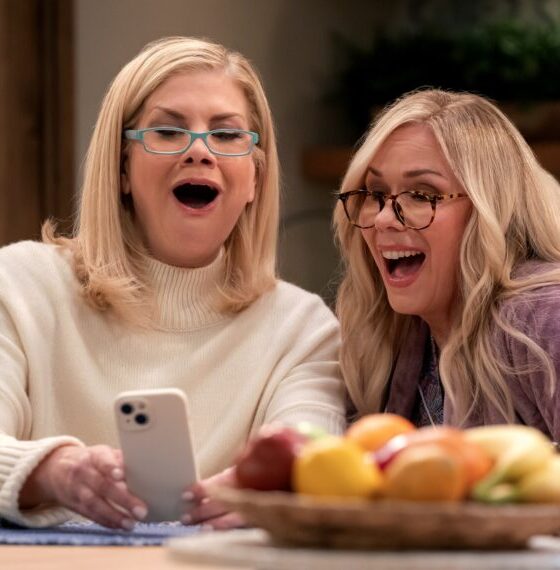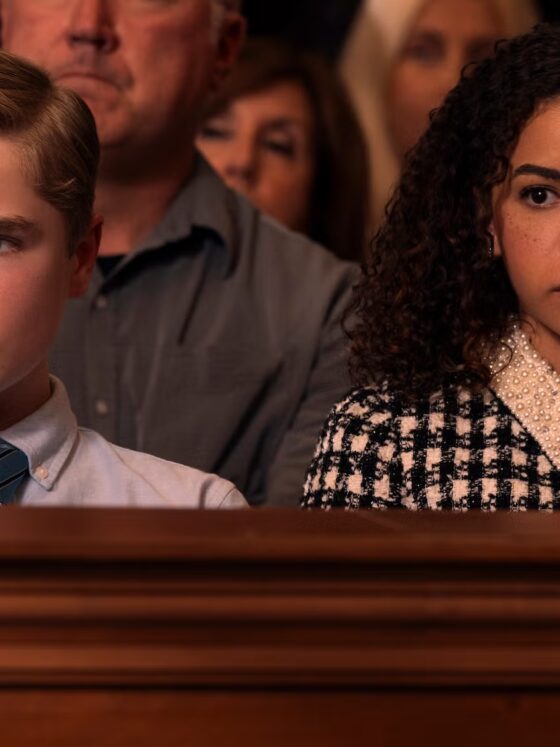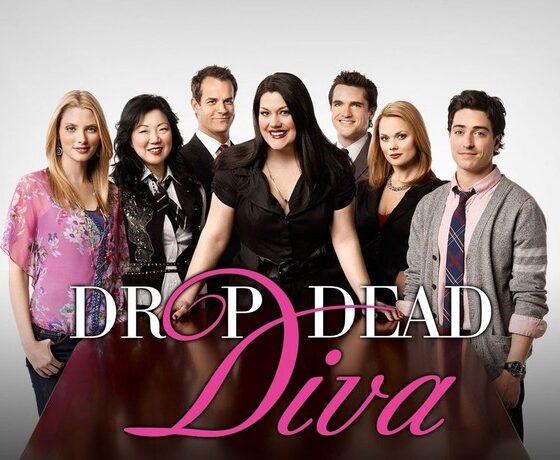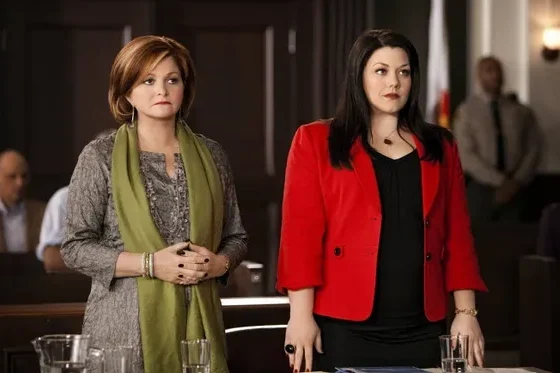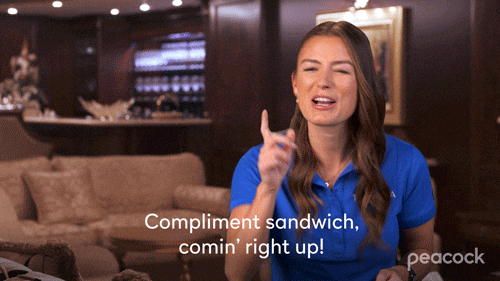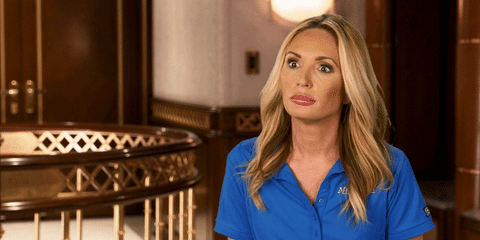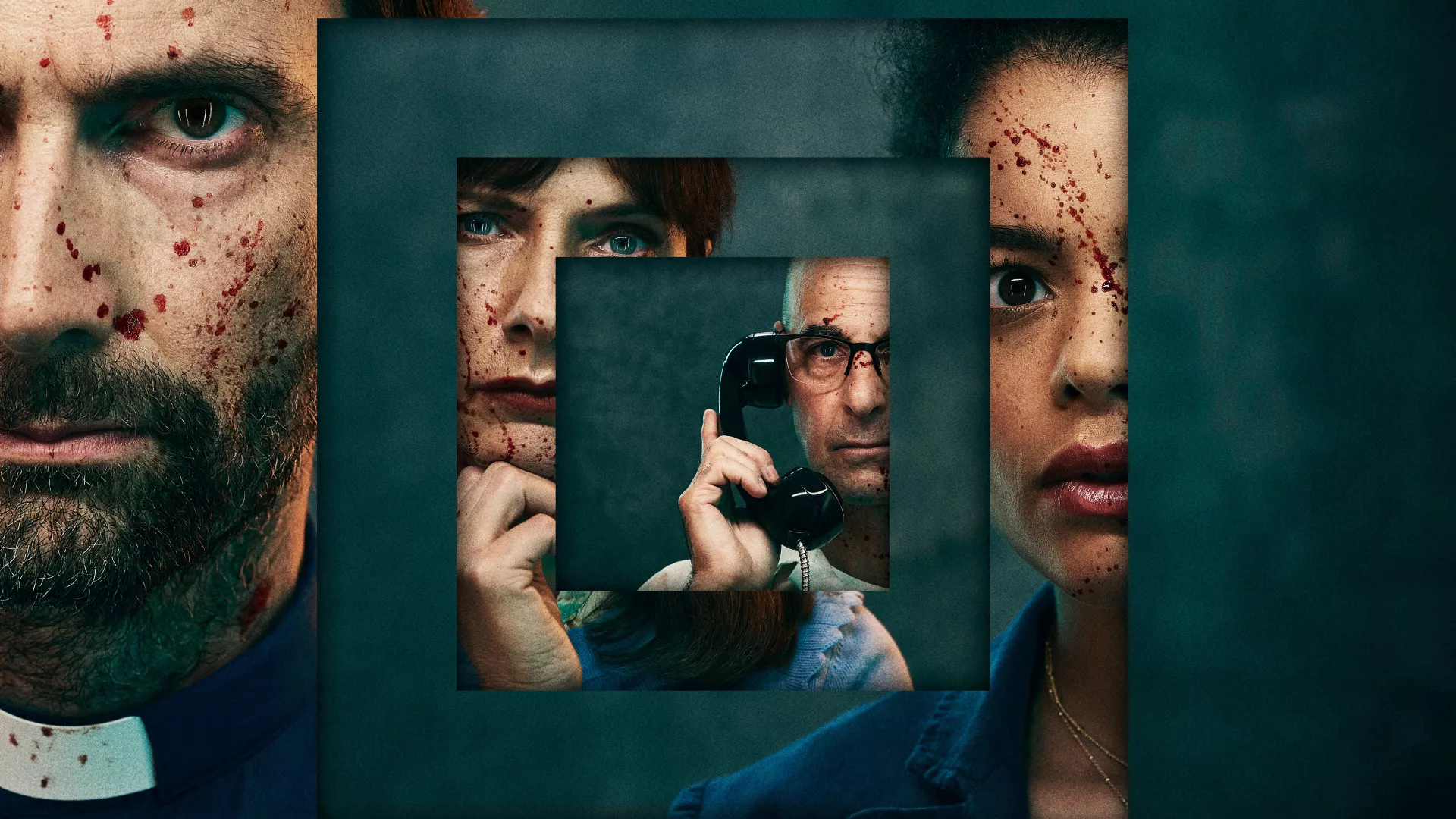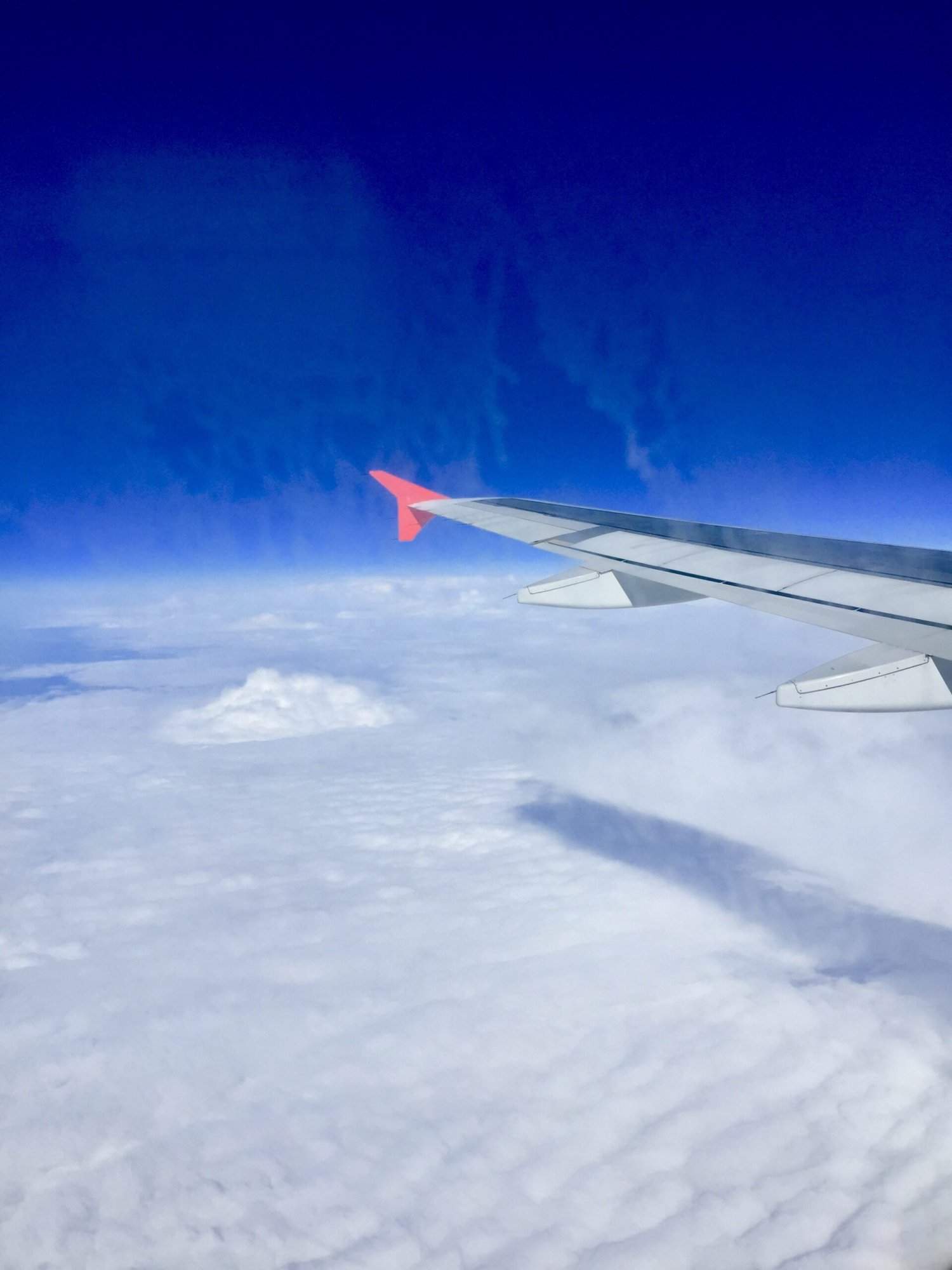Selena Gomez, an actress and musician, picked Alek Keshishian, who directed the movie about Madonna, to make a documentary about her tour. It was at least advertised as a concert movie. But Gomez’s “Revival” tour was sadly cut short in 2016 while the cameras were rolling owing to health problems.
In 1991, “Madonna: Truth or Dare” shattered the record for the highest revenue earned by a documentary. “Bowling for Columbine” later beat it.

In her new movie, “Selena Gomez: My Mind & Me,” she talks more about these topics. The documentary on Apple TV+ is uncensored and honest, but it doesn’t have enough concert footage. The accompanying performance scenes provide more behind-the-scenes peeks than beautiful pictures of sold-out audiences.
What makes this documentary so unique are the close-up shots of Gomez engaging with her loved ones, friends, and fans and spending time in her hometown of Grand Prairie, Texas. Gomez is honest in those exchanges, the narration, and the handwritten notebook notes. Here are a few of the documentary’s most startling revelations.
Contrary standards
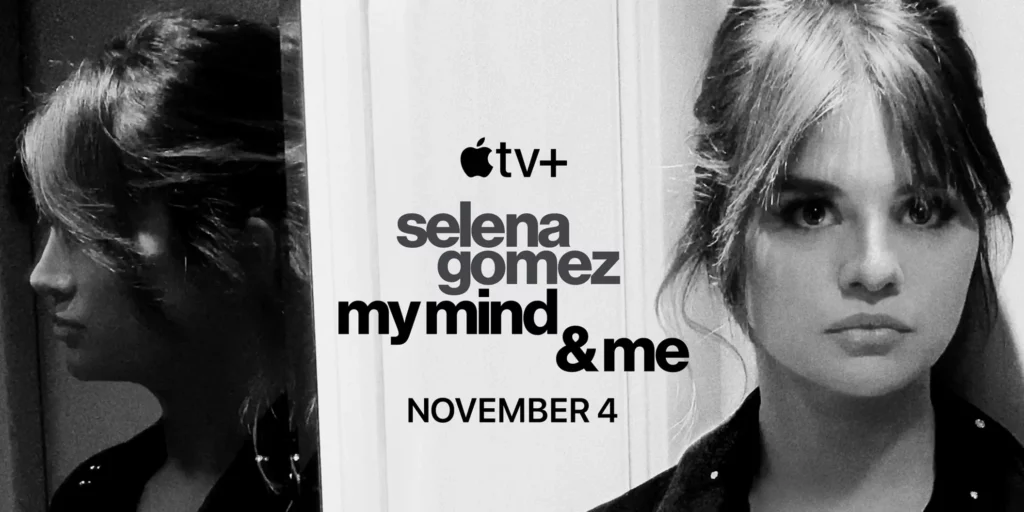
Gomez is honest about her physical problems, which is good because she gets much attention from the media. The documentary opens with her experimenting with costumes just before her “Revival” tour starts. She complains that she still looks young, wanting to shed her former image as a “Disney kid” and be perceived as an adult.
She also accepts the unfairness of the music business, where a man could walk onstage wearing jeans, a T-shirt, and a beanie and call it a day as opposed to her having to put on one tight, sparkling, revealing outfit after another.
“It’s just hard being an f—-ing girl,” at one point.
Thoughts of self-harm
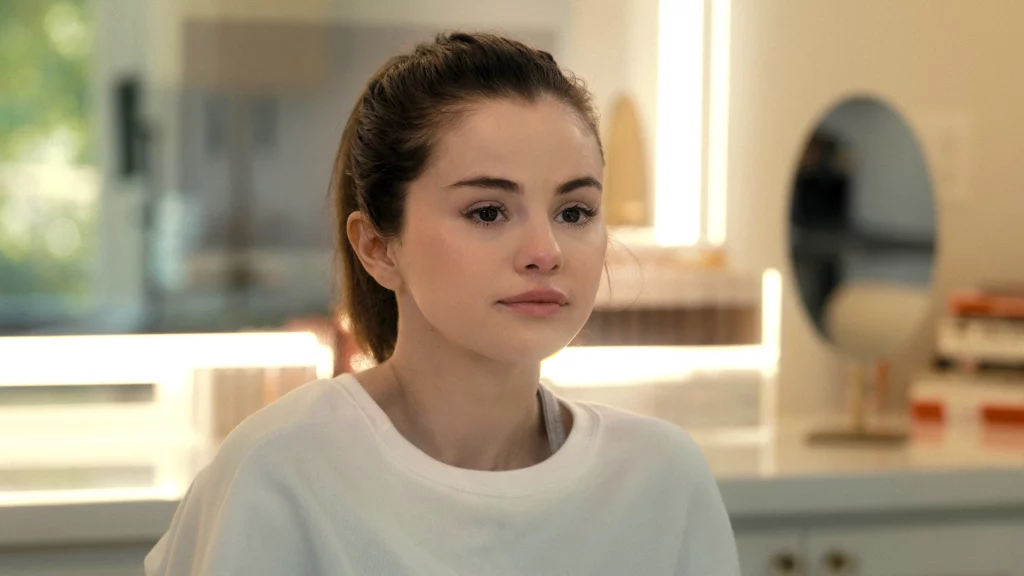
Gomez is open about her previous thoughts of self-harm and suicide as well. Gomez says she understands when a young woman on a charity trip confides in her about having had suicidal thoughts. After Gomez delivers a lecture at a mental health charity, she consoles another young woman who talks about her past self-harm.
A ghost from the past
Gomez refers to both her early days as a child performer who rose to popularity on Disney and her previous personal relationships, particularly with Justin Bieber, in the movie when she says, “I want nothing more than to not be my past, and it comes back.” After a record executive praises her song with him, she wonders when she will be “good enough by herself.”
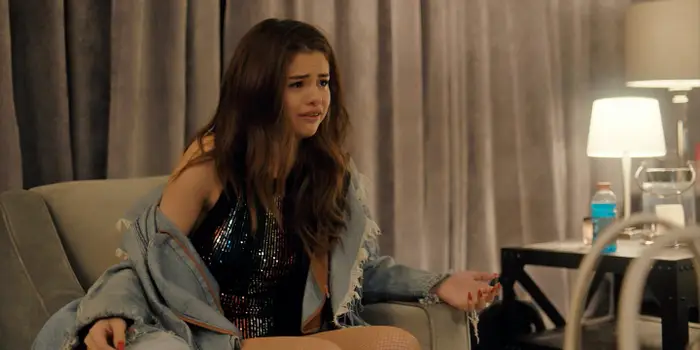
On numerous occasions in the documentary, Gomez is surrounded by paparazzi who yell at her, asking, “Where’s the alcohol?” and “Where’s Justin?” Going back in time is one of Gomez’s triggers for depression; she claims because she feels “haunted by a prior relationship that no one wanted to let go of.”
Her devotion
To her surprise, Gomez informs the young nursing student that she also believes in God. The movie makes multiple references to Gomez’s religion.
Before a performance, she prays with her cast and crew and tells a cherished neighbour, a crucial supporter from her early years who has MS, that the woman is in her prayers. In Gomez’s house, the camera lingers on a wall cross.
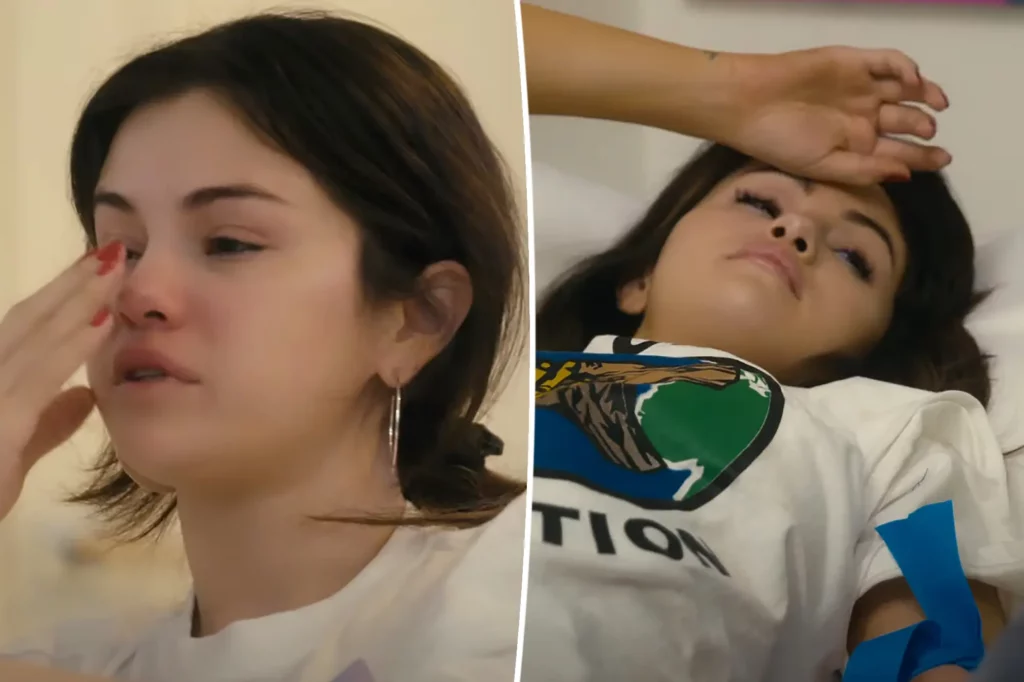
Being alone as a youngster
Gomez, who describes herself as “shy,” claims that she had a lonely childhood at school where she only made a few friends and would eat by herself. The cheerleader captain, her cousin, and a close friend stood up for her and shielded her from bullying.
Gomez only completed the eighth grade in school before completing the ninth through twelfth grades on set. In the documentary, she explains to the students that although using a computer to homeschool them isn’t real, it did work.

Lupus makes her anxiousness worse.
In 2011, Gomez was told he had lupus and needed a kidney transplant to save his life. Gomez takes care of her lupus differently throughout the movie, like checking her blood pressure and getting medication infusions. However, she admits that her lupus makes her anxiety worse.
The risk of mental health problems is higher for people with autoimmune diseases like lupus; Gomez has had these problems in the past. In 2018, she experienced “despondency” due to her condition, a low white blood cell count. In the documentary, Gomez talks openly about being diagnosed with bipolar disorder and about her physical and mental health.
She also suffers from a problem that anyone with a chronic disease is familiar with: she worries that she complains too much and is accused of doing so by a friend.
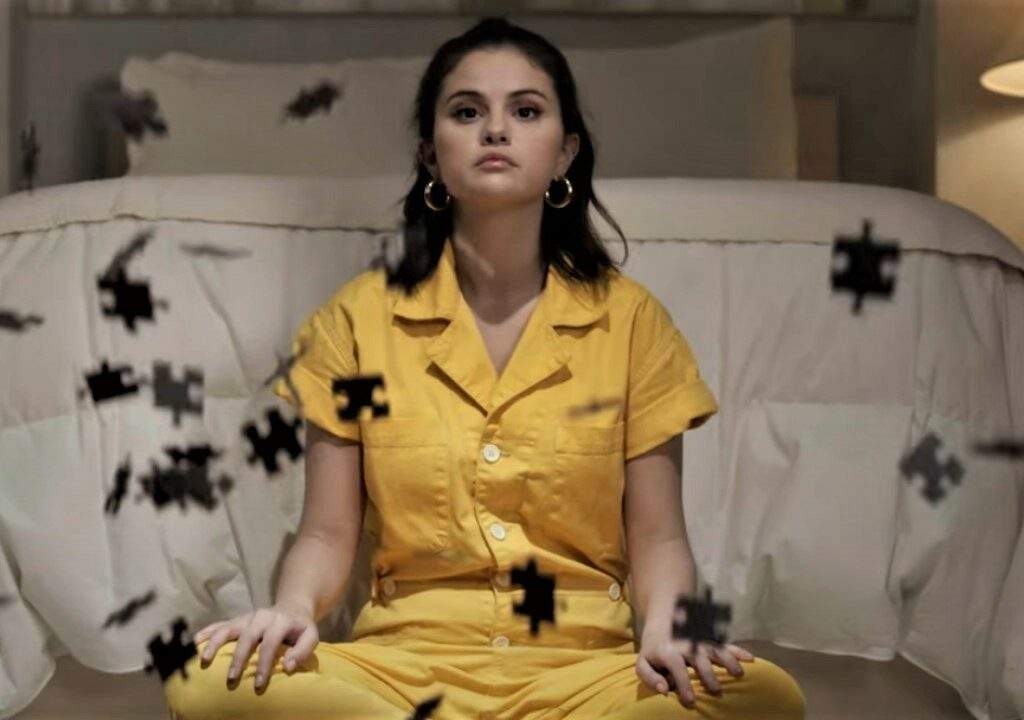
Her most significant source of joy is not performance-related.
Gomez attained stardom as a youngster. She claims that although performance gave her a chance to escape, “connecting” now gives her more joy. She spends time with people in her neighbourhood who are physically and mentally sick and visits the kids in the schools she helped build in Kenya.
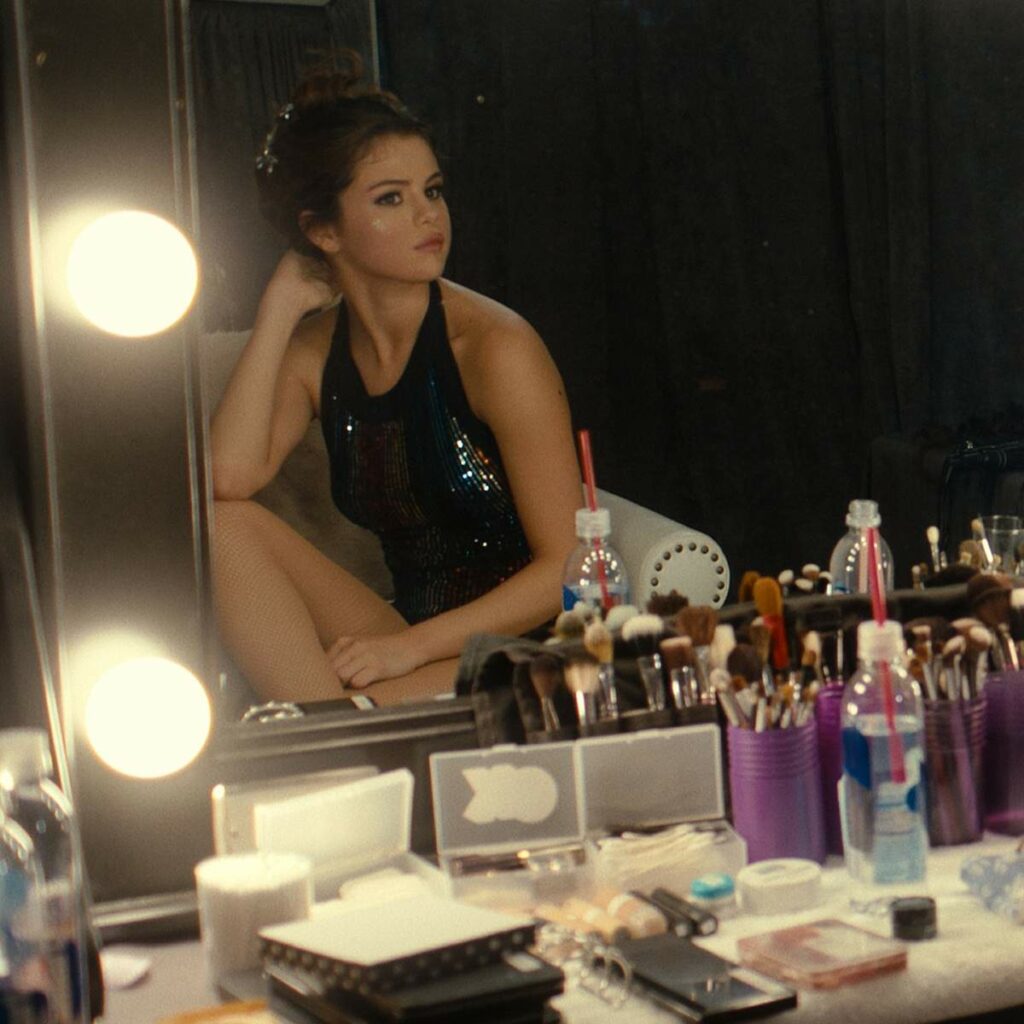
It’s not well welcomed when Gomez tells a journalist that she wants to “devote” her life to philanthropy in one moment, but she still uses her resources and position.
Gomez is committed to enhancing the availability of mental health resources in schools and has established a charity called Rare Impact Fund. Gomez states that her ultimate goal is to “be able to save people’s lives through something,” whether through her work as a performer, volunteer, or public speaker. I’m still here to use my resources to assist others.
